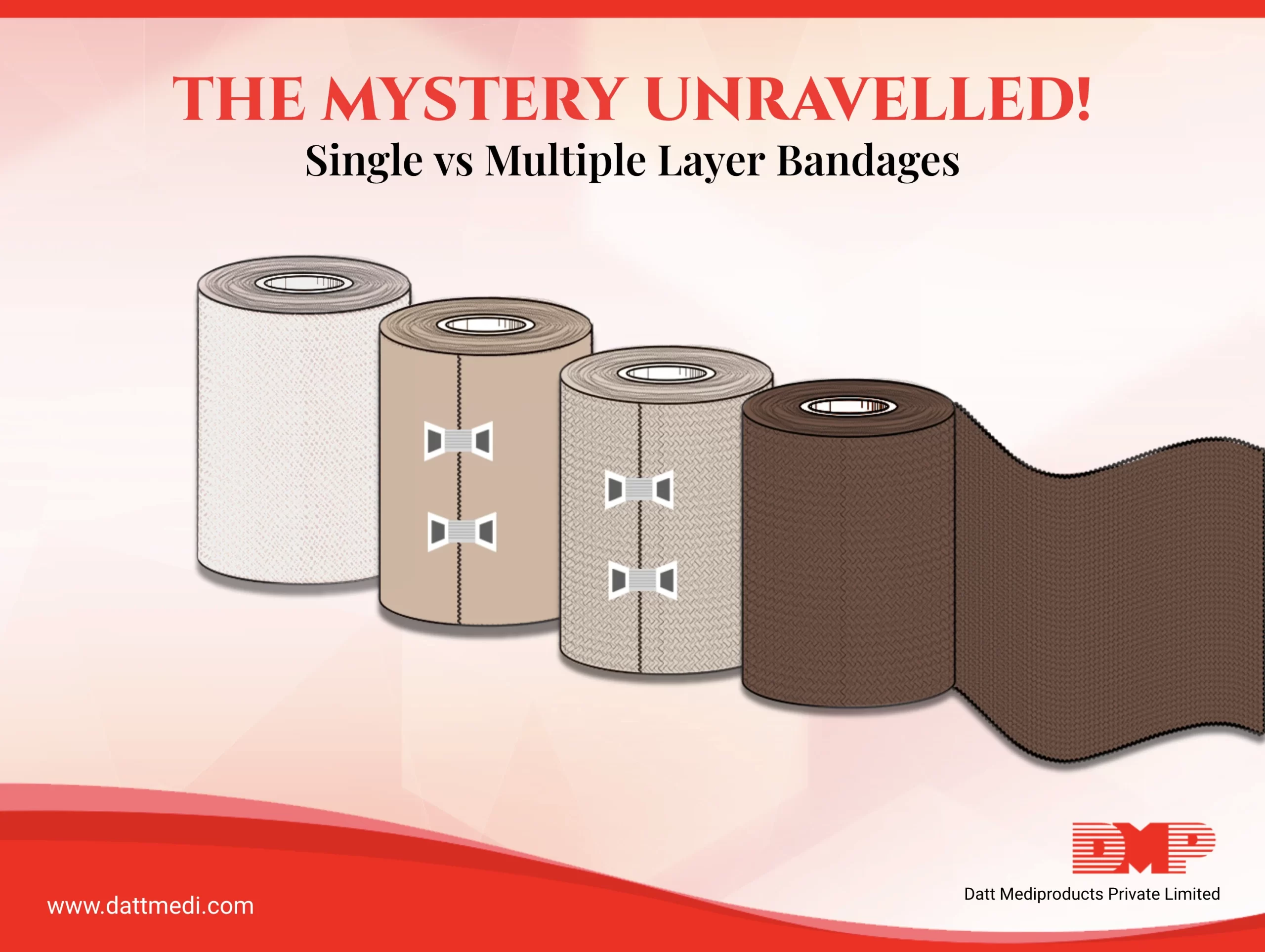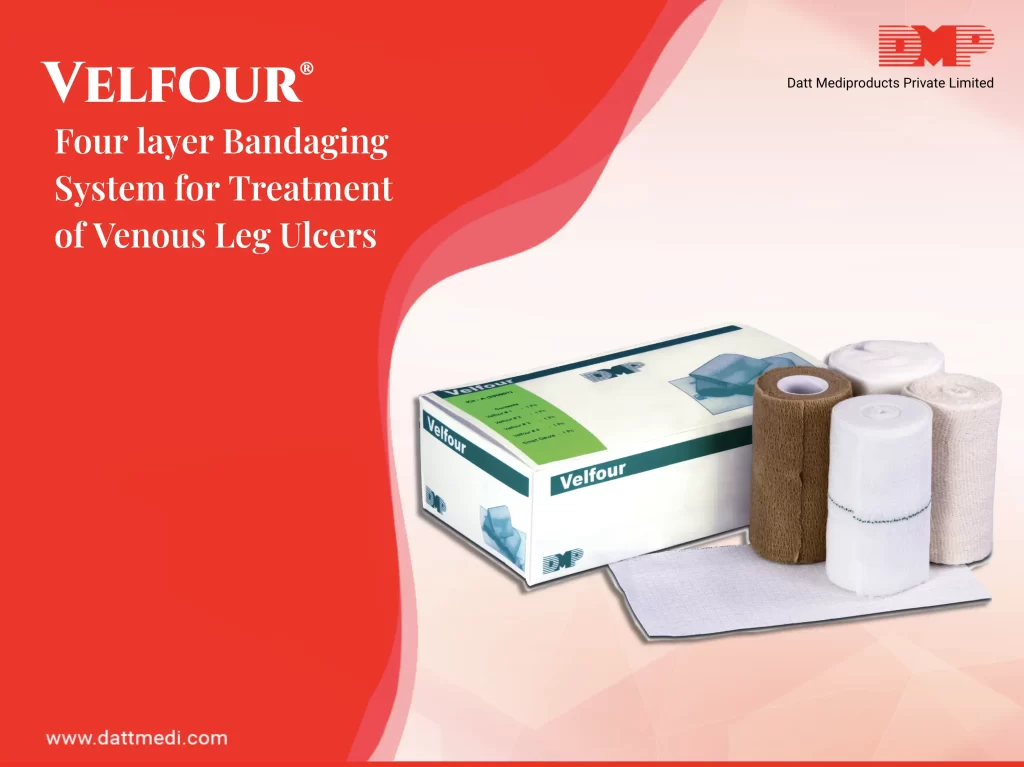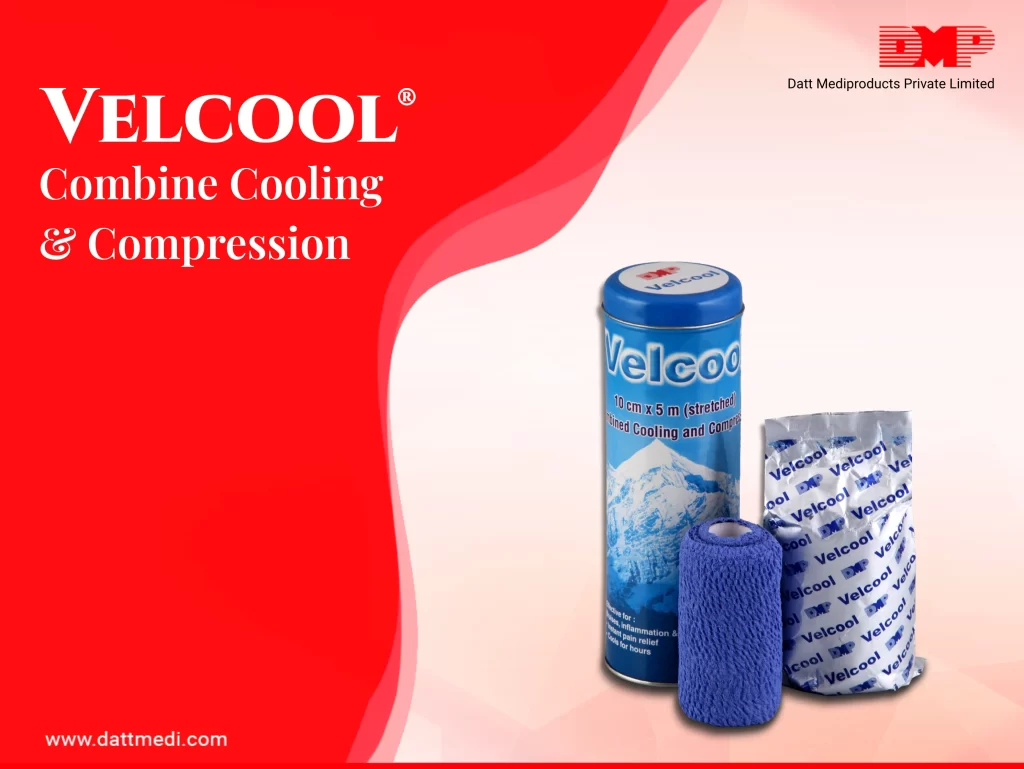
Have you always wondered, what is the difference in a single layer or multiple layer bandage?
What are Single Layer Bandages?
Single layer bandages, as the name suggests, are made up of one layer. They are normally used for treating superficial wounds. Cuts and burns can be treated properly with the help of single layer bandages.
Properties of Single Layer Bandages
Single layer bandages are highly effective for wounds that are less serious in nature. These bandages need to be changed frequently and reapplied every day or a couple of times every week. They are washable in nature so single layer compression bandages are reusable. Consisting of one simple layer they are comparatively easier to apply.
What are Multiple Layer Bandages?
Multiple layer bandages are 3-4 layers of bandages, which are needed for the treatment of venous leg ulcers, as well as the various conditions that are associated with it. The set of different types of bandages is applied, in layers, to deliver a desired pressure on the leg.
Properties of Multilayer Bandages
They are known to provide a sustained and graduated pressure of approximately 40 mm Hg at the ankle, which gradually reduces to around 17 mmHg at the knee. The presence of orthopedic wool is known to pad and protect any bony prominences.
These kits can maintain proper pressure levels for one full week, thus reducing the overall cost required for the treatment. With a high absorption capacity to manage exudates for up to a week, the dressing manages to reduce the nursing time needed. Amazing features, aren’t they?
Bandages of both types of bandages are manufactured by Datt Mediproducts under strict quality control mechanisms and circulated worldwide. For further information regarding any of the above items please visit www.dattmedi.com.




